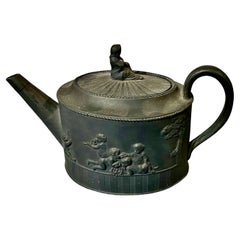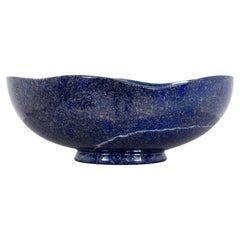Meier Steuben
Early 2000s American Modern Decorative Bowls
Glass
People Also Browsed
Antique Late 18th Century Georgian Tea Sets
Stoneware
Vintage 1960s German Decorative Bowls
Lapis Lazuli
Antique Late 19th Century German Serving Pieces
Silver
Vintage 1970s German Mid-Century Modern Decorative Bowls
Glass
Mid-20th Century German Porcelain
Porcelain
Antique Early 19th Century British Busts
Terracotta
Antique 1790s English Egyptian Revival Urns
Stone
Antique Early 1900s German Jugendstil Decorative Boxes
Brass, Copper
Vintage 1930s German Decorative Bowls
Porcelain
Vintage 1920s American Glass
Crystal
Vintage 1930s German Porcelain
Porcelain
Vintage 1920s American Candlesticks
Glass
Mid-20th Century German Art Deco Tea Sets
Brass
Vintage 1960s German Decorative Bowls
Amethyst
Antique Early 19th Century English Classical Greek Ceramics
Enamel
Vintage 1930s German Porcelain
Porcelain
Richard Meier for sale on 1stDibs
Richard Meier is a world renowned architect. He began making collages almost 55 years ago, as a young student in Rome collecting crumpled papers and other detritus he found strewn throughout the city's ancient streets. Meier joins a rich tradition of architects devoted to the art of collage, including Mies van der Rohe's De Stijl-inflected outings, Archigram and Superstudio's psychedelic utopian visions, and OMA's postmodernist mashups. Collaging, after all, is a practice that, like architecture, involves the manipulation of space, the juxtaposition of materials and a considerable amount of world-building.
A Close Look at modern Furniture
The late 19th and early 20th centuries saw sweeping social change and major scientific advances — both of which contributed to a new aesthetic: modernism. Rejecting the rigidity of Victorian artistic conventions, modernists sought a new means of expression. References to the natural world and ornate classical embellishments gave way to the sleek simplicity of the Machine Age. Architect Philip Johnson characterized the hallmarks of modernism as “machine-like simplicity, smoothness or surface [and] avoidance of ornament.”
Early practitioners of modernist design include the De Stijl (“The Style”) group, founded in the Netherlands in 1917, and the Bauhaus School, founded two years later in Germany.
Followers of both groups produced sleek, spare designs — many of which became icons of daily life in the 20th century. The modernists rejected both natural and historical references and relied primarily on industrial materials such as metal, glass, plywood, and, later, plastics. While Bauhaus principals Marcel Breuer and Ludwig Mies van der Rohe created furniture from mass-produced, chrome-plated steel, American visionaries like Charles and Ray Eames worked in materials as novel as molded plywood and fiberglass. Today, Breuer’s Wassily chair, Mies van der Rohe’s Barcelona chair — crafted with his romantic partner, designer Lilly Reich — and the Eames lounge chair are emblems of progressive design and vintage originals are prized cornerstones of collections.
It’s difficult to overstate the influence that modernism continues to wield over designers and architects — and equally difficult to overstate how revolutionary it was when it first appeared a century ago. But because modernist furniture designs are so simple, they can blend in seamlessly with just about any type of décor. Don’t overlook them.
Finding the Right decorative-bowls for You
Vintage, new and antique decorative bowls have been an important part of the home for centuries, although their uses have changed over the years. While functional examples of bowls date back thousands of years, ornamental design on bowls as well as baskets likewise has a rich heritage, from the carved bowls of the Maya to the plaited river-cane baskets of Indigenous people in the Southeast United States.
Decorative objects continue to bring character and art into a space. An outdoor gathering can become a sophisticated garden party with the addition of a few natural-fiber baskets to hold blankets or fruit on a table, as demonstrated in the interior design work by firms such as Alexander Design.
Elsewhere, Richard Haining’s reclaimed wood vases and bowls can express eco-consciousness. Sculptural handmade cast concrete bowls like those made by the Oakland, California–based UMÉ Studio introduce compelling textures to your dining room table.
Minimalist ceramic decorative bowls of varying colors can evoke a feeling of human connectedness through their association with handmade craftsmanship, such as in the rooms envisioned by South African interior designer Kelly Hoppen. And you can elevate any space with ceramic bowls that match the color scheme.
Browse the 1stDibs collection of decorative bowls and explore the endless options available.


